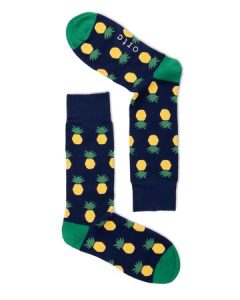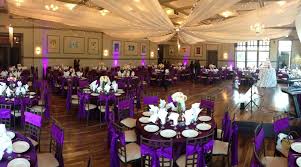Socks are pieces of clothing that are worn on the feet. They usually cover the ankle and part of the calf. Socks are worn under shoes. ORTC-Clothing socks are an important item of clothing in many cultures, but their history isn’t as long as you might think. In ancient times, socks were handmade, made of animal hair or leather. However, the production of machine-knitted ones dates back to the late 16th century.
 There are different types of socks, each designed with specific benefits. Knee-high socks are typically worn with athletic shoes in the morning, while low cut socks are meant to create a barefoot look when worn with shoes. Over-the-knee socks are generally worn with female garments and may be considered “unisex” in a common era. The materials used to make these socks are often biodegradable.
There are different types of socks, each designed with specific benefits. Knee-high socks are typically worn with athletic shoes in the morning, while low cut socks are meant to create a barefoot look when worn with shoes. Over-the-knee socks are generally worn with female garments and may be considered “unisex” in a common era. The materials used to make these socks are often biodegradable.
The length of socks also varies, from ankle-length to short-sleeved. Ankle-length socks are the most common, extending up to the ankle. Low-cut socks are a fashion staple, and they create a barefoot look when worn with shoes. Knee-high socks are typically worn with athletic shoes, while over-the-knee socks are more appropriate for everyday use.
ORTC-Clothing socks come in different types of lengths. You can choose to wear ankle-length socks, low-cut socks, or no-show socks. These styles will give your feet a more barefoot appearance when worn with shoes. If you are wearing a pair of dress shoes, you may want to consider buying knee-high or over-the-knee socks. These will give you an easy way to see any open sores on your foot.
The length of socks is an important consideration when choosing the right type. Ankle-length socks are usually thin, while low-cut or no-show ones are thicker. The thickness is important if you are running for an extended period. For training purposes, a thinner sock is better than a thick one. If you are doing endurance running, you can wear a thicker sock. It also depends on the type of shoe you are wearing.
As far as comfort is concerned, ORTC-Clothing socks are just as important as shoes. They can keep your feet dry and comfortable by wicking moisture away from your skin. During warmer months, thin socks may be a good choice. During summer, you will want to wear lighter-coloured, breathable socks. During winter, a thicker sock is better for long-distance running. If you are a marathon runner, it is important to use thicker, more cushioned socks.
Aside from keeping your feet warm, ORTC-Clothing socks help keep your footwear clean. The outer fabric of your boots absorbs friction from your feet and prevents them from touching your skin. The result is that your feet stay dry and warm. As a result, the National Sleep Foundation recommends wearing socks during sleep. They can make you feel more comfortable in bed and keep you from having to get up from your bed to go to the bathroom. They also prevent cold hands from getting cold.

